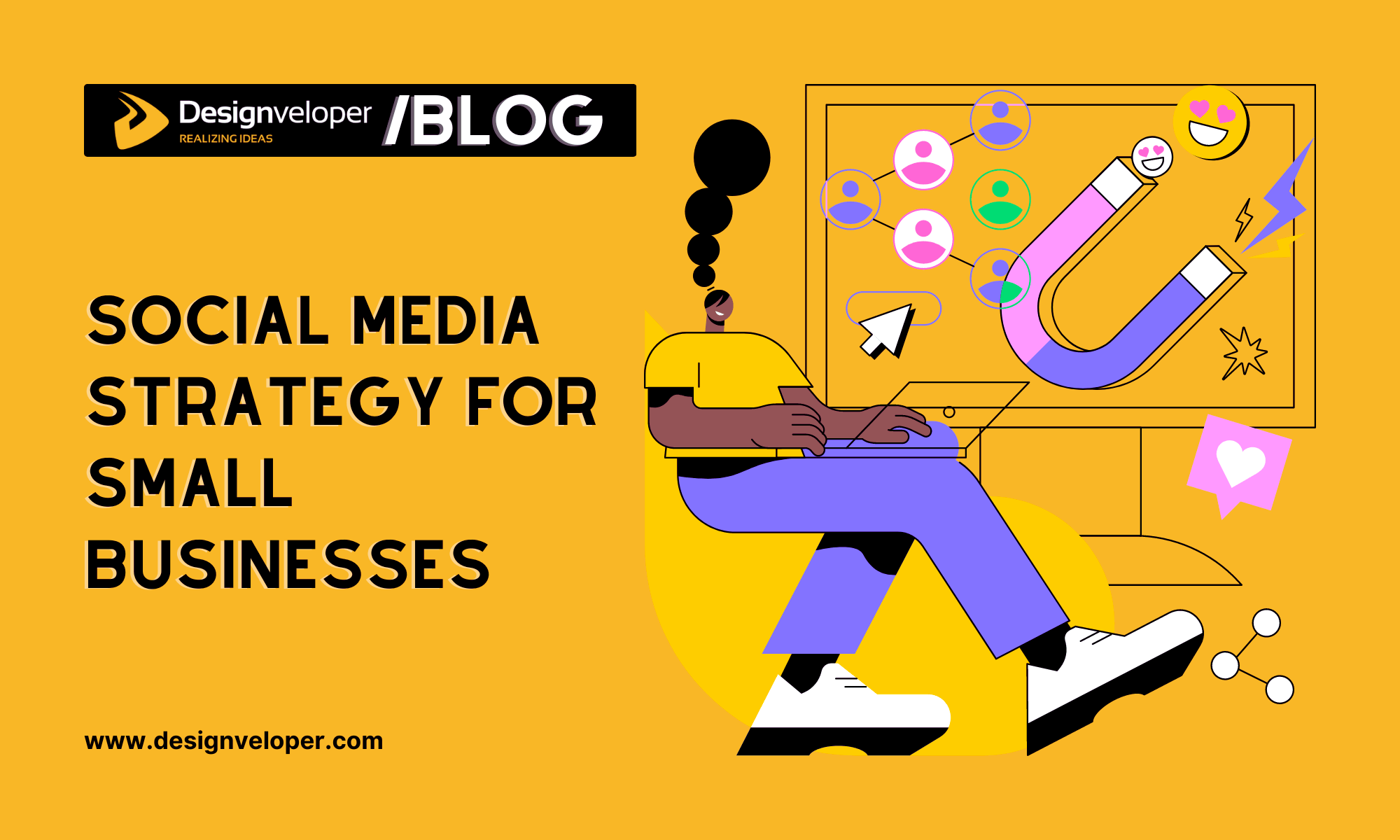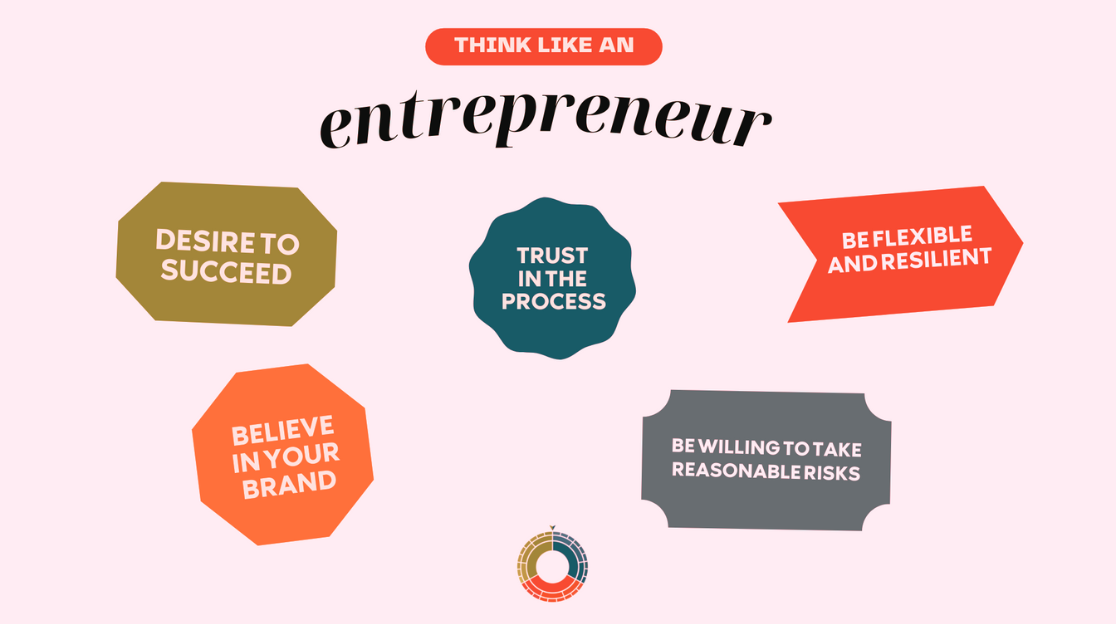Introduction:
Introduction
Social media marketing has become essential for small businesses looking to grow their customer base and compete with larger companies. With billions of people using social platforms like Facebook, Instagram, X (formerly Twitter), TikTok, and LinkedIn, the potential for building brand awareness, driving traffic, and increasing sales is enormous.
In this guide, we’ll explore how small businesses can leverage social media marketing, best practices, and tips to create effective campaigns. Whether you’re new to social media or want to improve your existing strategy, this article will equip you with everything you need to succeed.
Why Social Media Marketing is Important for Small Businesses
Social media marketing offers several advantages for small businesses, including:
- Cost-Effective Marketing: Most social platforms are free to use. Paid advertising, if needed, can be done with flexible budgets.
- Brand Visibility: Social platforms expose your brand to potential customers locally and globally.
- Direct Customer Interaction: Social media allows businesses to engage directly with customers, answering questions and building trust.
- Drive Website Traffic: Sharing blog posts, product launches, and promotional offers encourages followers to visit your website.
- Audience Insights: Social media platforms provide analytics, helping you understand what resonates with your audience.
Top Social Media Platforms for Small Businesses
Here’s a quick breakdown of the most relevant social platforms and how they can benefit your business:
1. Facebook
- Ideal for local businesses and those with a diverse audience.
- Great for creating business pages, running ads, and engaging with customers through groups.
2. Instagram
- Focuses on visuals, making it perfect for lifestyle, fashion, and food businesses.
- Utilize Instagram Stories, Reels, and shoppable posts to boost engagement.
3. X (formerly Twitter)
- Best for quick updates, news, and direct customer communication.
- Use hashtags to reach a broader audience and engage in trending conversations.
4. TikTok
- Popular among younger audiences.
- Focuses on short, engaging videos—ideal for viral campaigns and product demos.
5. LinkedIn
- Excellent for B2B marketing and professional services.
- Build authority by sharing valuable content, insights, and connecting with industry leaders.
How to Build a Social Media Strategy for Your Small Business
1. Define Your Goals
Clearly outline what you want to achieve with social media marketing. Common goals include:
- Increasing brand awareness
- Generating leads
- Driving traffic to your website
- Boosting product sales
2. Know Your Target Audience
Create audience personas to understand who your ideal customers are. Define their:
- Age, gender, and location
- Interests and challenges
- Preferred social platforms
3. Choose the Right Platforms
Not all social networks are relevant for every business. Focus on platforms where your audience is most active.
4. Develop a Content Plan
Plan your content around the 80/20 rule: 80% of posts should provide value, and 20% can be promotional. Popular content types include:
- Product photos and videos
- Customer testimonials
- Behind-the-scenes stories
- Polls, contests, and giveaways
5. Set a Posting Schedule
Consistency is crucial. Use tools like Buffer, Hootsuite, or Meta Business Suite to schedule posts in advance and maintain a regular posting cadence.
6. Engage with Your Audience
Respond to comments, messages, and mentions promptly. Social media isn’t just a one-way communication channel—engagement helps build relationships and trust.
The Power of Paid Social Media Advertising
While organic posts are valuable, paid ads can amplify your reach. Platforms like Facebook and Instagram allow businesses to run highly targeted ads based on demographics, interests, and behaviors.
Types of Paid Ads to Consider:
- Boosted posts: Promote existing posts to reach a larger audience.
- Sponsored ads: Create new ads to promote specific products or services.
- Retargeting ads: Show ads to users who have visited your website but didn’t make a purchase.
Social Media Analytics: Measure and Improve Performance
Tracking your social media performance is essential to know what’s working and what needs improvement. Key metrics include:
- Engagement rate (likes, comments, shares)
- Follower growth
- Click-through rate (CTR)
- Conversions from social campaigns
Use tools like Google Analytics and native platform insights to track these metrics and optimize your strategy over time.
Best Practices for Social Media Marketing Success
- Use Visuals: Posts with images or videos receive higher engagement.
- Leverage User-Generated Content (UGC): Encourage customers to share photos and reviews.
- Collaborate with Influencers: Partner with micro-influencers to reach a niche audience.
- Stay Consistent with Branding: Maintain a uniform tone, style, and color palette across platforms.
- Experiment and Adapt: Test different types of content and adjust based on results.
Common Mistakes to Avoid
- Posting without a plan: Random posts won’t yield consistent results.
- Ignoring analytics: Failing to track performance can waste time and money.
- Overposting or underposting: Striking the right balance is key.
- Neglecting customer feedback: Social media is a two-way street—always respond to your followers.
Conclusion
Social media marketing is a powerful tool for small businesses to connect with customers, build brand loyalty, and grow revenue. By defining clear goals, understanding your audience, and staying consistent with your efforts, you can create effective campaigns that deliver measurable results.
Start small, experiment with different platforms, and always be ready to adapt based on data and feedback. With the right strategy in place, your business can thrive in the competitive world of social media marketing.
Ready to take your small business to the next level? Start building your social media presence today, and watch your brand grow!



